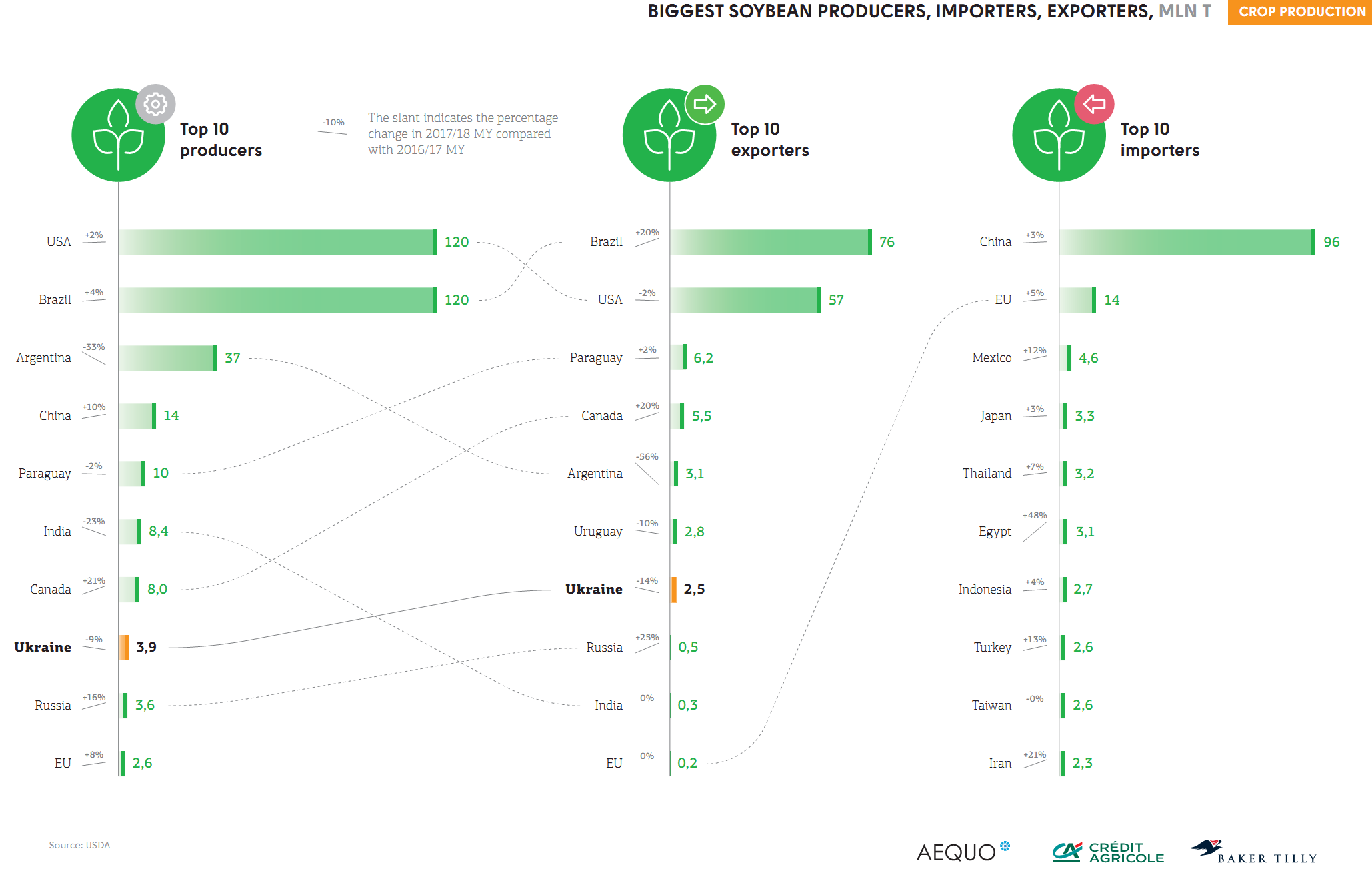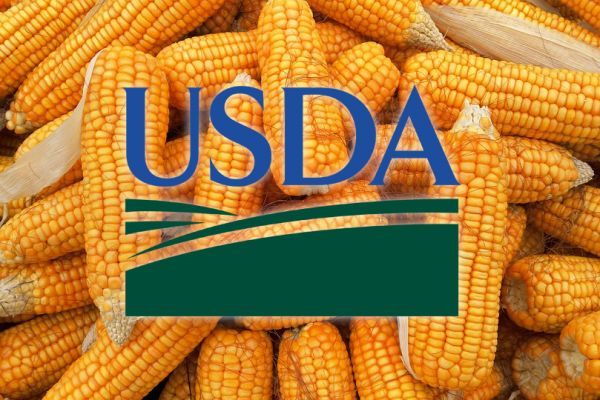Soybean prices progressed sharply in Chicago
Sharp progression of soybean prices was observed on June 12th in Chicago, while new rains were expected on the Corn Belt and that would again disrupt the soybean plantings after those of corn, Agritel reports.
"The USDA has cut its previsions for corn acreage and yield, but nothing has been done so far concerning the soybean. The outlook should be amended in July. On the back of this, prices in Chicago are now back to their highest levels and the trend could gain momentum in case of resistances’ breach," the message says.
On June 12th, funds were net buyers in 16 000 lots of corn, 15 000 lots of soybean and 9 000 lots of wheat.
Few evolutions on Euronext yesterday, but prices in Chicago are back to their highest levels of the year in reaction to the announcement of further rains in the Corn Belt. European prices are not following the trend seen on the CBOT, partially because of the better shape of the euro vs dollar.
"On a fundamental point of view, there is also a big difference between the concerning situation in place in the USA about spring plantings and the positive pre-harvest context in Europe suggesting that yields could be in the top range of expectations," analysts note.
By the report, rapeseed prices are not fully benefitting from the strength of soy oil and canola. The palm is bouncing back. Operators are fearing to see massive imports of canola in Europe from the next season. This flow could be increased by the current tensions between Canada and China hampering the trade between the two countries.
"FranceAgrimer left its wheat export number to third countries unchanged at 9.75 Mt for the 2018-19’s campaign and revised up the ending stock to 2.4 Mt vs 2.3 Mt seen last month. The French body has increased the collect of wheat and corn. For this last product, the ending stock has been increased to 3 Mt vs 2.7 Mt seen in May," specialists comment.
Previously it was reported that USDA experts projected the growth of rapeseed exports from Ukraine in the season 2019/20 (September-August) to 3.5 mmt, 1 mmt more from 2018/19.


